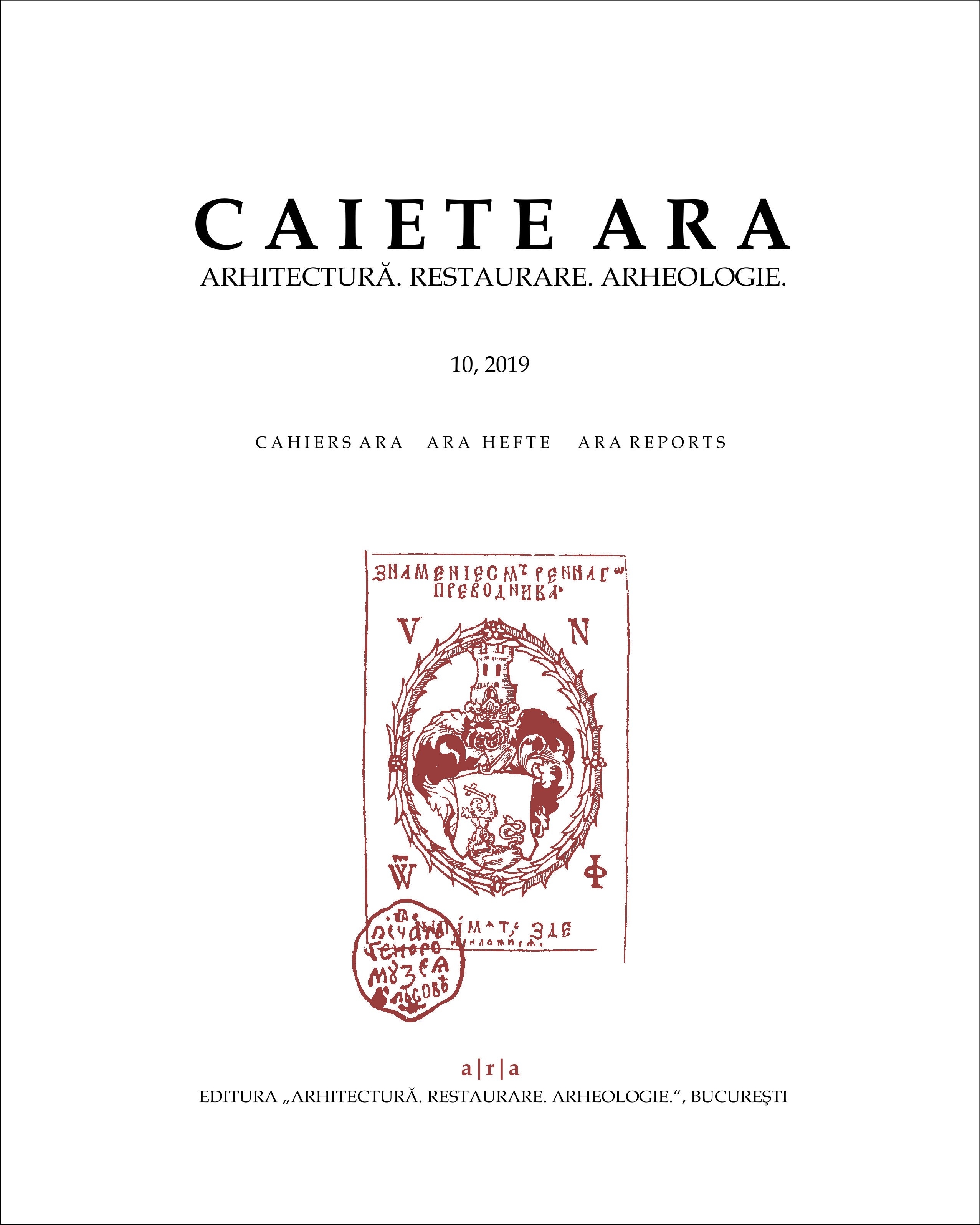The Paleochristian churches and mosaics of Ravenna: examples of Byzantine or Late Roman Art?
The Paleochristian churches and mosaics of Ravenna: examples of Byzantine or Late Roman Art?
Author(s): Vladimir CreţulescuSubject(s): Architecture, Visual Arts, Ancient World
Published by: Editura "Arhitectură. Restaurare. Arheologie"
Keywords: Byzantine art; Late Roman art; architecture; basilica; mosaic decoration;
Summary/Abstract: In the following paragraphs, I investigate the inclusion of Ravenna’s 5th and 6th century mosaics and architecture in the category of Byzantine art, as opposed to their labelling as late Roman art. Without any claim to solve this very complex issue, I nonetheless approach it tentatively. I start by situating the ravennate churches in the late Antique political context which catalyzed their construction. I then give a brief account of the ongoing debate in art historiography, on the Levantine or Roman inspiration behind ravennate art. I subsequently proceed to approach this controversial issue myself, from two distinct perspectives: as far as architecture is concerned, I list the general features of ravennate edifices, in order to determine how the 5th and 6th century churches in Ravenna relate to Roman models, and especially to the Constantinopolitan ones put forward by the architects of emperor Justinian. Then, regarding the mosaic decoration, I attempt to highlight, using two small case studies, the coexistence and partial interweaving, in Ravenna, of two distinct traditions of mosaic art: one being late Roman, the other, early Byzantine.
Journal: Caiete ARA
- Issue Year: 2019
- Issue No: 10
- Page Range: 223-234
- Page Count: 12
- Language: English
- Content File-PDF

